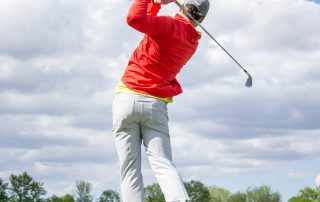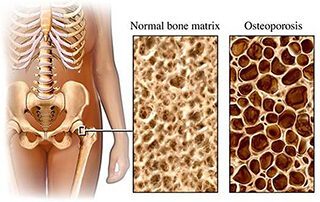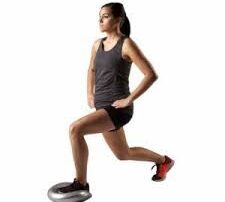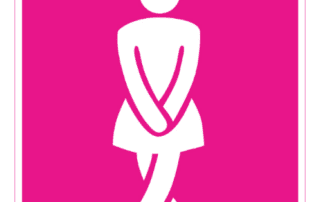
In Central New York, Spring and summer are some of the best times of the year. When we have clear skies and the sun is finally shining, we are all chomping at the bit to get outside and spruce things up in the outdoor spaces that we are spending more time in.
Many months of the year we are not able to get out in the yard and move around a lot, exercise level decreases and our bodies are not used to doing a lot of movement and especially some of the heavy lifting and demanding work that needs to be done in the yard. This being said, when people venture outside to do yard work for the first time in months their injury rate increases. Rotator cuff strains, disc bulges in the neck and low back, and knee injuries are some of the most common injuries. It is important to be aware of these possibilities and remember some key points as you perform these tasks outside so you can limit the chances of these happening to you.
Tip #1:
Wear good and supportive footwear when in the yard or on uneven surfaces. Be aware of obstacles in the yard or at home when moving quickly.
Tip #2:
Make sure your back is flat and you are bending at the hips and knees when lifting things from the ground or cleaning the floor.
Tip #3:
Be careful when reaching forward to plant seeds, reach for an item or when cleaning a window. Maintain proper posture and try not to lurch your head too far forward.
Tip #4:
Be mindful of your core and tighten those belly muscles when lifting, carrying items or doing any taxing activity.
Tip #5:
Take breaks in between activity and listen to your body if you feel you are overdoing it.
Tip #6:
Drink water! Hydration is SO important.
Tip #7:
If you feel you injured yourself somewhere, please do not hesitate to call one of our offices to see us for a FREE injury screen or set up a PT Evaluation. We advise that you also see your MD if the injury seems more serious.
Keep Reading…
Easy Tips to Help Keep You Golfing All Summer
As nicer weather is hopefully approaching; it is that time [...]
What is Tennis Elbow?
What is Tennis Elbow? Tennis Elbow, or Lateral Epicondylitis, [...]
What is Osteoporosis?
What is Osteoporosis? Osteoporosis is a condition that causes [...]
The Truth about The Core and Balance
Most people equate having good strength to "six pack abs." The truth is that while it might look good, the six pack is not the same as having a strong core.
4 Quick Tips for Avoiding Hand Injuries
We live in a technology driven word, giving our hands, wrists and fingers more of a workout than we realize. A physical therapist can help prevent these types of overuse injuries.
Incontinence – Not the New Normal
With female incontinence being brought to the forefront by companies whose sole purpose is to make money on their products - it’s no surprise we’re being fed a lie about it being a “normal” transition of life.






